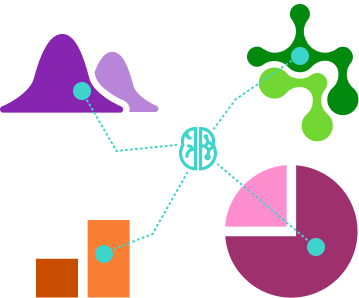Leveraging AI in Clinical Trials to Unlock Data Insights
Signals Clinical streamlines clinical data management by facilitating artificial intelligence in clinical trials
Artificial Intelligence (AI) and Machine Learning (ML) have the power to transform the management and success of clinical trials and development. The use of AI promises to automate data capture, cleaning, analysis and data mapping, optimize human review of data and decision making, and improve clinical trial efficiency and execution, all while staying securely within the Revvity Signals platform.
Related Events & Webinars
Resources
Revvity Signals is leveraging AI to empower scientist's. Learn more about how Scientists are gaining new efficiencies, unlocking insights and accelerating innovation with the transformative power of AI.
Our solutions aren’t the only thing empowering scientists. Find additional resources here to learn how AI-enhanced software is making a difference in clinical trials management – optimizing data capture, cleaning, and analysis; increasing insight with visualizations; and encouraging collaboration.

